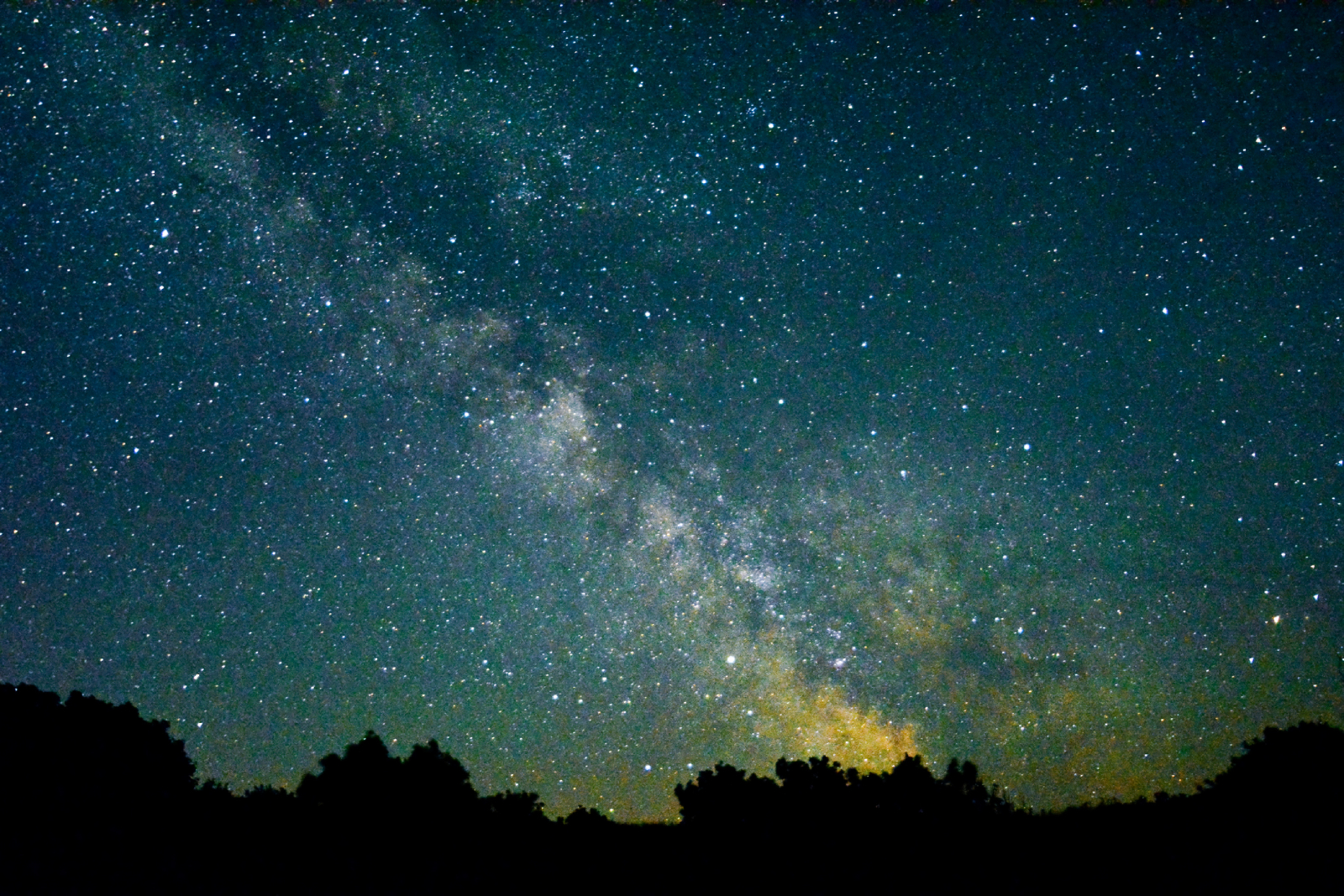Aging stars go through an incredible transformation—they expand to become hundreds of times larger than their original size and are believed to thus destroy any planets in their inner systems. The recent study, “A close-in giant planet escapes engulfment by its star” co-authored by Keivan Stassun, Stevenson Professor of Physics and Astronomy, and Vanderbilt alumni Jack Lubin, BS’16, challenges this notion by revealing the existence of a “forbidden planet”—one that should not exist according to the traditional understanding of stellar evolution. “This discovery raises intriguing questions about how this planet survived and whether our stellar evolution models need revisiting,” Stassun said.

To answer this question, the astrophysicists modeled a potential stellar merger event that offered a new perspective on planetary survival. “Imagine two stars colliding and merging into one. Such a merger could have saved the planet in two ways,” Stassun said. “Firstly, it might have prematurely halted the expansion of the host star, thereby preserving the planet. Alternatively, the merger could have generated enough new materials to form a planet after the merger had concluded.”
The research team’s efforts included the stellar observations of Lubin, who used the High Resolution Echelle Spectrometer instrument at the Keck Observatory over multiple nights in Mauna Kea, Hawaii. HIRES is the largest and most mechanically complex of the Keck’s main instruments and works by breaking up incoming starlight into its component colors to measure the precise intensive of each of thousands of color channels. According to Keck, its spectral capabilities have resulted in many breakthrough discoveries, including direct evidence for a model of the Big Bang theory. Stassun employed a specialized methodology to accurately measure the size and age of the planet’s host star—information that was instrumental in determining the properties of the planet.
“The significance of this planetary discovery extends beyond a single planet,” said Lubin, who completed a senior honors thesis on the subject with Stassun as a Vanderbilt undergraduate. “It challenges our previous assumptions and suggests that these types of ‘forbidden planets’ might be far more prevalent in our galaxy than previously believed.” If this holds true, he said, it will revolutionize our understanding of stellar and planetary evolution. The very existence of this planet could lead to the reevaluation of models and theories and open the door to finding more planets that have defied their expected fate.
“Each subsequent finding will provide valuable insights into the life cycles of planets and planetary systems, enhancing our knowledge of the universe on a grand scale,” Stassun said. “It is an exciting time for astrophysics and the study of planetary systems.”
The discovery also holds relevance for our own solar system’s future. In approximately five billion years, our Sun is predicted to expand into a red giant star. The fate of our planet Earth, whether it will be engulfed or survive, is uncertain. Understanding how planetary systems defy engulfment will provide us with crucial information about the possible destiny of our solar system. Although we may not be able to alter this fate, gaining a more detailed understanding of it can guide our knowledge and future explorations.
Research funding was provided to the paper’s co-authors by the W.M. Keck Foundation, NASA, the Vanderbilt Initiative for Data-intensive Astrophysics and other international astronomy organizations.
